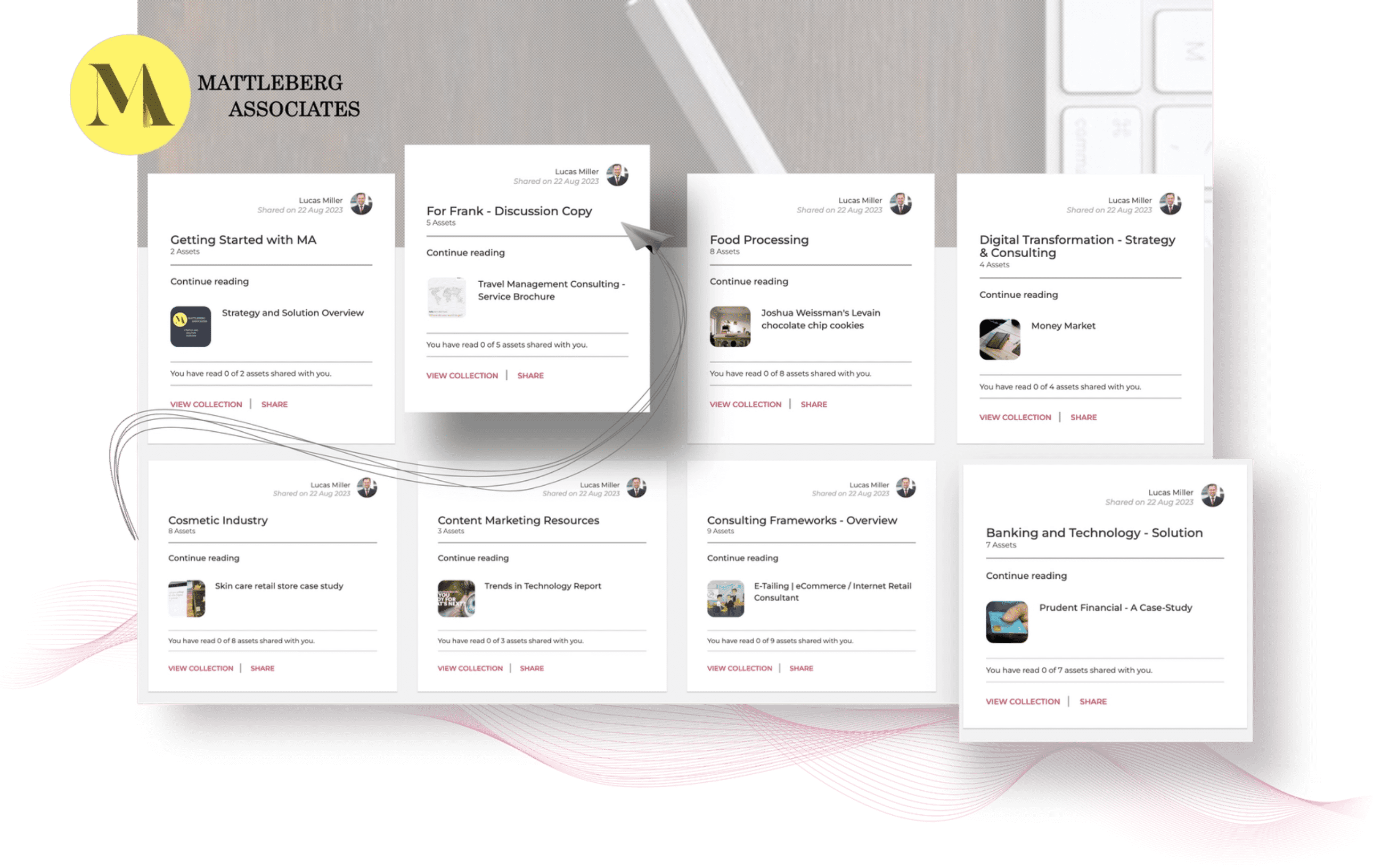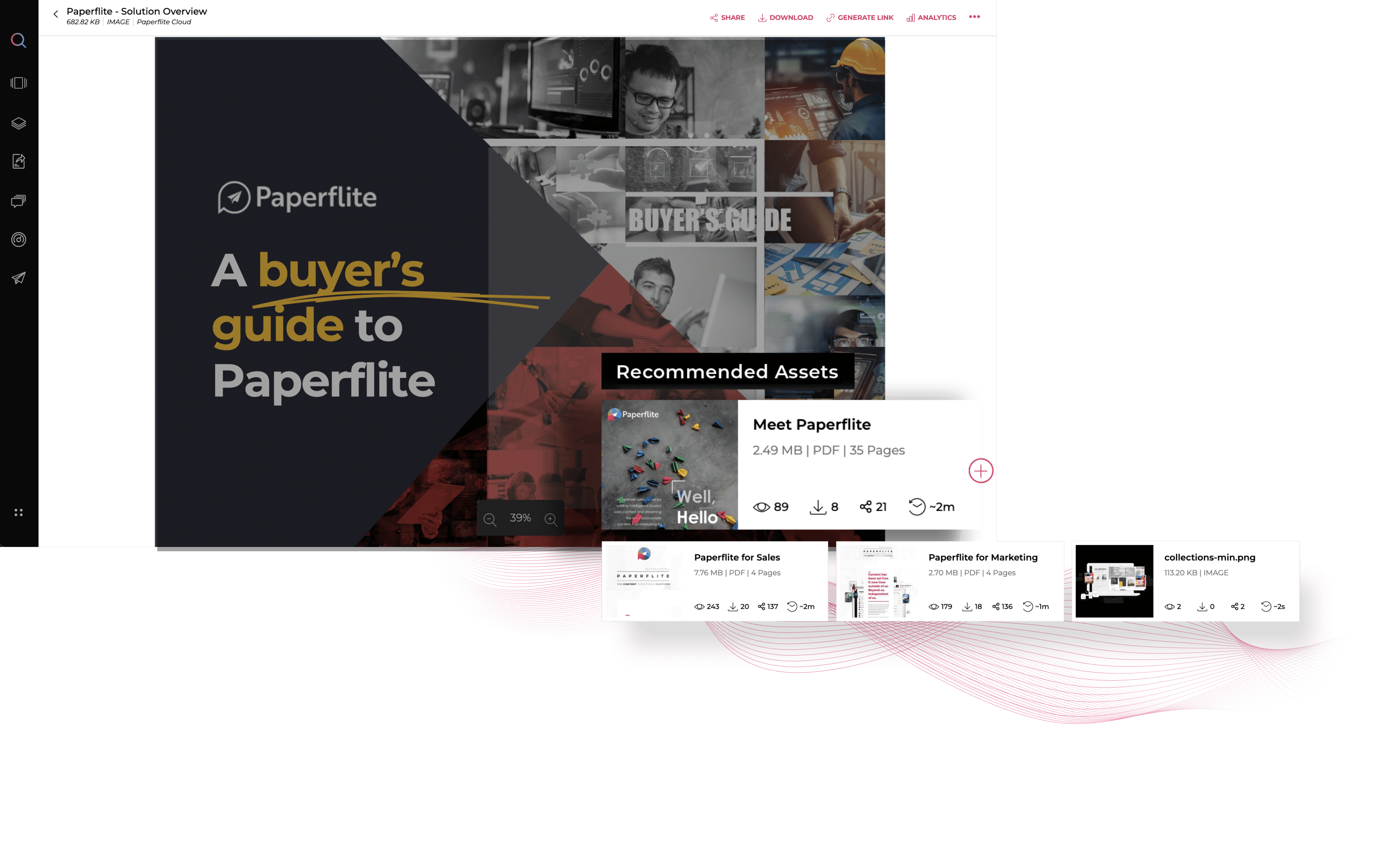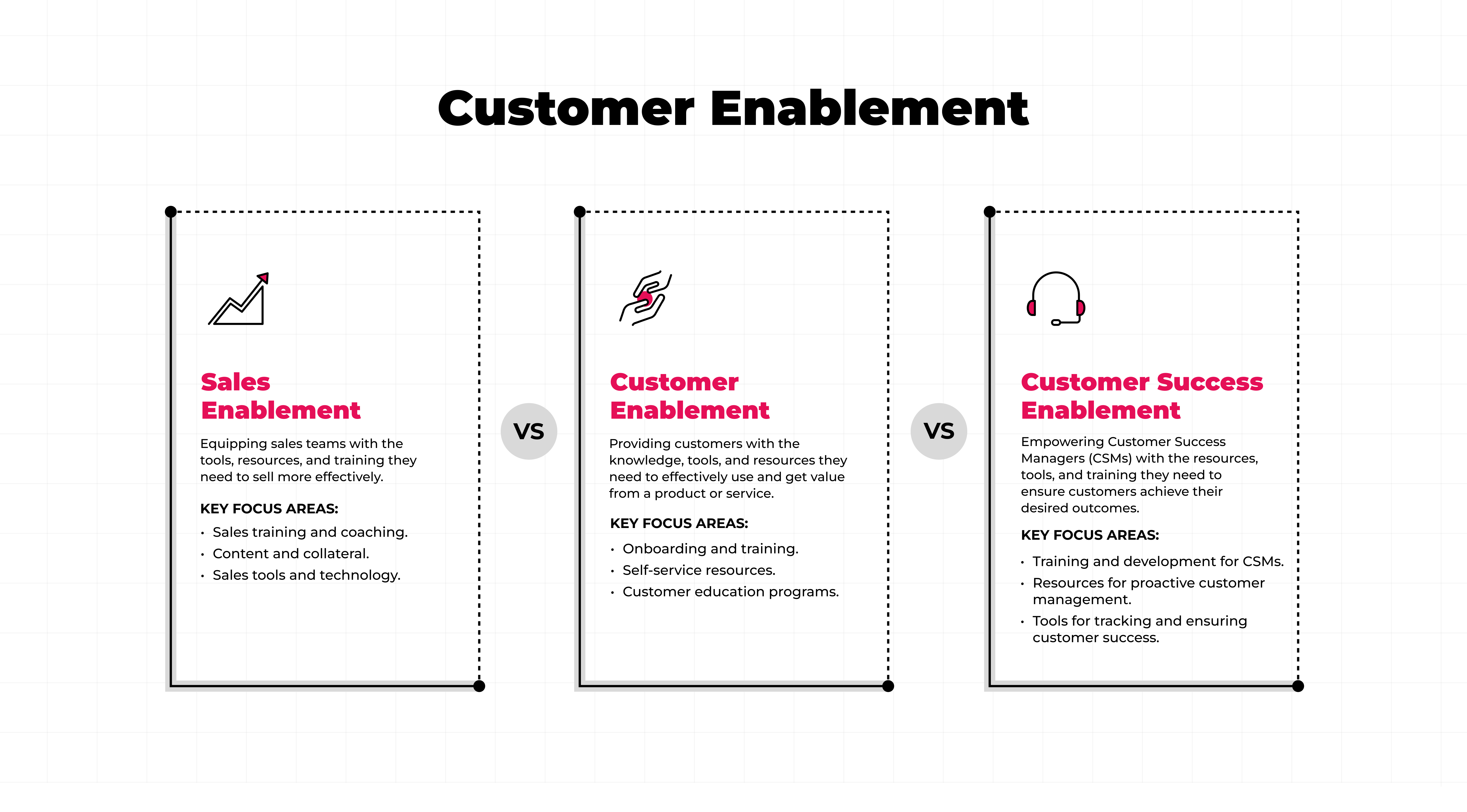What is Customer Enablement? The Complete Guide
The what why and how of customer enablement
Software solutions are crafted to be highly versatile, serving a wide array of industries and use cases. Hence software requires proper guidance to unlock its full potential across diverse sectors.
When marketed with promises of specific outcomes, it is essential to equip customers with the knowledge and resources needed to tailor the software to their unique needs.
Without this support, customers may experience dissatisfaction, leading to a potential churn. By enabling customers with comprehensive support, and resources businesses can ensure that customers fully leverage the software, achieving the promised value and realizing their goals.
What is Customer enablement?
Customer enablement is a customer success strategy that helps customers use a company’s products or services to meet their desired needs effectively by providing them with necessary resources, knowledge base, product training, product demo and videos.
The goal is to create a positive customer experience and help customers achieve specific outcomes.
Customer enablement helps the customers get the most out of the product, leading to better results and satisfaction. For the organization, this means happier customers, higher retention rates, and more opportunities for upselling and growth.

This enhances customer loyalty while driving business growth and reducing support costs for the organization.
Benefits of Customer enablement:
By providing relevant resources throughout the customer lifecycle, Customer enablement helps the customers to get the most out of the software. This enhances customer loyalty while driving business growth and reducing support costs for the organization.
- Enables the customers to quickly find the promised value: Proper enablement ensures that customers promptly know how to use the software to realize their goals, thus enabling them to quickly find the promised value.
- Enables customers to drive better results: Customer enablement through resources and support offerings helps customers to effectively use the software to enhance their general performance and results.
- Increases customer satisfaction: When the customer sees the result as promised, his satisfaction increases, which ultimately results in better experiences and loyalty towards the brand.
- Higher product adoption rate: Proper onboarding and training will ensure that customers adopt and use the product to its maximum potential, making use of all the advantages it offers.
- Increase in customer retention: Satisfied customers are loyal to the company. This is directly reflected in the retention rate and ultimately in successful business.
- More upselling opportunities and scope for more expansion value: Happy and engaged customers may look for more features or services, giving one a great opportunity to increase expansion value.
- Reduced support issues: Educated customers need less support, and the support system will release resources from this work, lessening the overall burden on the support team.
Now that we have discussed about the various aspects of customer enablement, You might be having questions regarding - How customer enablement would look like and what are things involved in it, and the upcoming passage describes exactly that.
Customer Knowledge Bases
These are the explanation-based knowledge repositories of articles, FAQs, and how-to guides, created to help customers acquire an understanding of a product or service. They make information highly available for customers to solve their issues by themselves.
In turn, this lowers the burden on support teams. Also customers don’t have to wait for support response or until the ticket is cleared - when they have a quick doubt, and small issues.
Also incase of using tools like Paperflite - It make the whole knowledge acquisition process easier for Customers by recommending them the next relevant video to watch or support article to read based on their consumption pattern or you can manual set these recommendations for your customers by yourself.
Product Tutorials and Demos
Product Tutorials and Demos provide in-depth demonstrations and detailed step-by-step instructions on several modules and features of a product.
These tutorials help customers understand the full functionality of the product so that they can apply it well in their specific use-case. Therefore, they produce better results and get higher satisfaction.
Personalized Onboarding
The onboarding process is to be customized to fit the specific use case of the customers.
Providing the same customer onboarding experience will leave a lot of questions and scenarios unanswered. Therefore, they are provided with relevant and personalized training and support from the get-go; this reduces hurdles in transitioning to the product and builds a firm foundation for long-term success.
Continuous Assistance
The users receive continuous support through these channels, including email, chat, phone, and forums. This continuous support ensures customers can be served anytime they need help, building trust, and encouraging continuous engagement with the product.
Bi-Annual Business Reviews
A customer's bi-annual business review is a periodic survey check-in where any problems that may develop are reviewed. It also serves as an evaluation of whether the customer has been able to reach the goal they set out for through the product.
Customer Training Programs
Customer training programs are implemented as educational sessions whenever there are updates available in the system or new modules added to it. That way, the customer is always aware of the latest features and functionalities to be in a better position to use the product with ease.
Proper Engagement with Customers

Customer Enablement v/s Sales Enablement
Customer enablement focuses on equipping customers with the necessary resources to use products effectively, it aims to ensure customers understand and can use the product to its fullest potential.
Sales enablement, on the other hand, is about equipping sales teams with the tools, resources, and training they need to sell more effectively.
Customer enablement is to promote customer success, whereas sales enablement drives sales efficiency.
Teams / Stakeholders Involved:
Customer enablement: Customer success teams, product teams, customer support.
Sales enablement: Sales teams, marketing teams, sales operations.
Beneficiaries:
Customer enablement: Customers, customer success managers.
Sales enablement: Sales representatives, marketing teams.
Tools Involved:
Customer enablement: CRM tools, customer support platforms, training software.
Sales enablement: CRM tools, sales analytics, content management systems.
Metrics for Success:
Customer enablement: Customer satisfaction scores, product usage rates, customer retention rates.
Sales enablement: Sales conversion rates, time to close, sales performance.
Customer Enablement v/s Customer Success Enablement
Customer enablement provides tools and resources for effective product use, focusing on their immediate needs. Customer success enablement goes a step further by ensuring customers achieve their desired outcomes with the product. This involves actively engaging with customers to help them realize specific goals. The former is about using the product right, and the latter is about getting the right results.
Teams / Stakeholders Involved:
Customer enablement: Customer success teams, product teams.
Customer success enablement: Customer success teams, product teams, sales teams, executive leadership.
Beneficiaries:
Customer enablement: Customers, customer success managers.
Customer success enablement: Customers, entire organization.
Tools Involved:
Customer enablement: CRM tools, customer support platforms.
Customer success enablement: CRM tools, customer success platforms, analytics tools.
Metrics for Success:
Customer enablement: Customer satisfaction scores, product adoption rates, support ticket volume.
Customer success enablement: Customer lifetime value, net promoter score, churn rate.

Implementing Customer Enablement
Customer enablement is a crucial metric that businesses look at to maximize customer satisfaction and loyalty. By following best practices and continuously innovating, you can easily improve your customer relationships.
Assessment of Current Approach with Customers
Without proper evaluation of your standing in a customer enablement strategy, you'll never be able to tell what needs to be improved.
Finding gaps through constant query in support is an effective way to find recurring issues.
Through the analysis of the common questions or problems posed by customers, you might be able to tell the areas in which your product or service needs enhancement or extra resources.
Scheduled calls with customers allow you to directly interact with and learn about their experiences and, most importantly, the challenges they are going through.
Creating the Process to Cover the Gaps
Once gaps have been identified, the next step is to create a structured process to address and fill these gaps.
A good onboarding checklist will enable new customers to understand how to use the product or service after commencing. That is, all the important steps and resources should be made known for setup and advanced features to make onboarding smooth and successful.
For your customers, it is a good way to facilitate better understanding and use of a RICH product by arming them with educational materials such as tutorial videos, detailed help articles, and many more resources that cover a wide range of topics.
Provide Complete Support
Comprehensive support is a must-have for customer enablement. It requires proactive support that is not simply about reacting to customer demands, but is about being able to look ahead at potential problems.
You should have solutions ready before customers even realize they have a problem. So users always feel supported and confident taking action with your product.
Collect Feedback and Suggestions from Customers
Regularly collecting feedback and suggestions from your customers is important for refining your customer enablement approach.
By actively seeking out customer input, you can continuously improve your processes and resources so that they remain relevant and updated.
Customer Enablement Best Practices
Implementation of customer enablement involves putting in place practices that are best for ensuring consistency and a high standard of customer experience.
Use a Customer Enablement Platform
A customer enablement platform will streamline the effort and serve as a single point of access for all customer support and educational resources. These platforms often include features such as knowledge bases, analytics, and customer feedback tools.
Don’t Get Stuck with the Same Issues
Addressing common issues through well-crafted help articles can prevent them from happening repeatedly. Documentation essentially empowers a customer with a clear and complete view of the same solution so they can handle it themselves.
Personalize Your Communication with Customers
Personalized communication is key to building strong customer relationships. Therefore, relating to customers in a manner that befits their needs and preferences shows that you value them as unique individuals. This results in increased customer satisfaction.
Provide an Experience Rather Than a Process
It is more important to create a memorable and engaging experience for your customers, rather than just a yawning series of processes to make your business stand out. This means anticipating customer needs and going above and beyond in service delivery.
Provide Additional Incentives for Brand Loyalists
Rewarding loyal customers with more incentives, for instance, exclusive discounts on other offered products or services, pre-access to new features, and special offers, strengthens their loyalty. This way you can show appreciation for their support.
Monitor and Measure Success
- Track Metrics: Identify and track relevant KPIs to measure the effectiveness of your customer enablement strategies. These might include customer satisfaction scores, support ticket resolution times, customer retention rates, and product usage statistics.
- Analyze Data: Regularly reviewing and analyzing data helps you identify trends, successes, and areas for improvement in your customer enablement strategy. Learn what works and what does not; you can make educated tweaks that bring you one step closer to perfecting your approach to customer enablement.
Conclusion
To wrap up, customer enablement is key to helping customers get the most out of your software, boosting their satisfaction and loyalty. Providing resources like knowledge bases, tutorials, personalized onboarding, and continuous support empowers customers and makes their experience smoother and more rewarding.
For any organization to grow, keeping customers happy and loyal is crucial. Satisfied customers stick around longer and often recommend your product to others, driving growth and new opportunities. After setting up a strong customer enablement plan, the next step is to focus on customer success.
This means actively working with customers to ensure they reach their goals with your product. By doing this, you'll build stronger relationships and ensure long-term success for your business.
